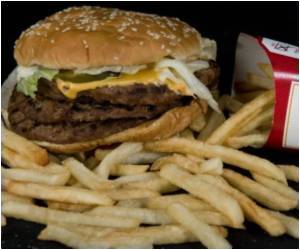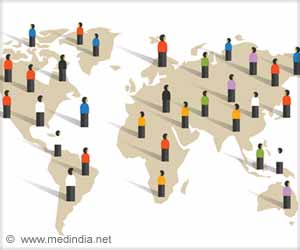US prime steak and fast-food burger lovers alike are getting hit in the pocket by the sharp rise in primary agricultural commodities.

It was the one thing that stuck out when fast-food king McDonald's delivered its annual financial results Monday: they may have to push up prices to cover the higher cost of beef going into their world-famous burgers.
The beef market "is the one market that looks like it could be the most volatile for us," said McDonald's financial director Peter Bensen.
And experts say that view is feeding through the whole US restaurant business, hitting both owners and eaters.
"I think that increasing food inflation will have an impact on restaurant companies in general in 2011," said RJ Hottovy of Morningstar.
"Large companies like McDonald's have already locked in beef prices for a good portion of the year," he said.
Advertisement
Prices of key feedgrains like soybeans, wheat and corn have soared 35-50 percent in 2010, forcing up beef prices in recent months.
Advertisement
The effect is already reaching dinner plates. According to the US Department of Agriculture, consumer prices for beef were up 6.1% in December from a year earlier.
At least ranchers are happy about the situation.
"I just sold steers from my herd about two weeks ago, that was the best price I ever received since I came back to the ranch after college in 1992," said North Dakota rancher Ryan Taylor, who owns more than 200 cattle.
He said prices for his high-quality cattle had jumped from 62 cents a pound several years ago to $1.40.
"No one is really getting rich in the country. But we are able to pay the bills and raise our family and have a little money saved up for next year's expenses," he said.
Besides the higher cost of feed, prices have been driven by a decline in US supplies.
One reason has been a surge in US beef exports, partly due to the loss of supply from South Korea, where herds have been ravaged by hoof and mouth disease since late November, forcing culling of more than one million head of swine and cattle.
But another has been that the total size of the US herd has fallen from 130 million head in the 1970s to below 100 million today, according to Iowa State University agro-economist Chad Hart.
Taylor said not many young people want to take up cattle ranching.
"The average age of ranchers in North Dakota is probably over 60," he said.
All that is translating into higher red-meat costs for restaurants and supermarkets.
Whether silver-fork steak-houses and McDonald's and other fast food chains can pass along the price hikes is still an unknown.
"So much of American restaurant meat demand is for beef, all the hamburgers, steaks," Hart told AFP.
"As we saw people impacted by the recession, they tended to do more cooking at home, less eating out; that had an impact on meat demand," he said.
Hottovy pointed out it was "going to be difficult to raise prices but at this point modest price increases are pretty much required."
However, he added, "It is a slippery slope because it is an environment where the consumers are pretty adjusted to low prices."
Source-AFP









